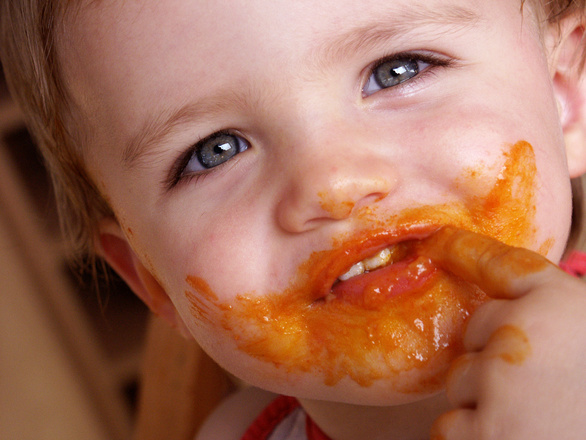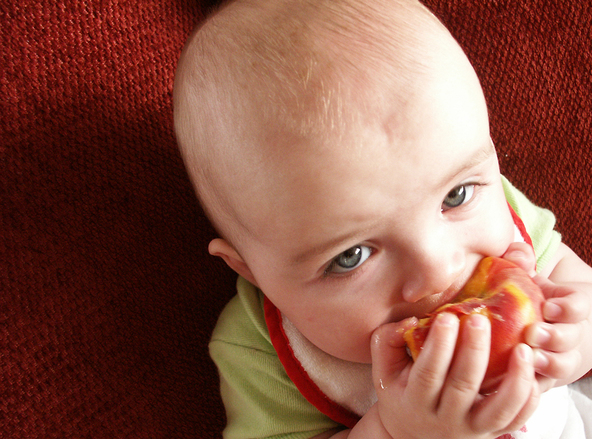Pediatricians advise parents to offer their babies breast milk or formula until they are six months. But you can introduce some solid foods when your baby is around 4 months. Offering solids can be challenging but it does not have to be. There are certain rules you need to keep in mind to ensure your child is eating appropriate foods in the right quantities.
When to Start?
Your baby will signal when it is time for them to start solids. There are specific signs you need to look out for before you introduce solids. A child is ready when they gain head control. They should be able to keep their head steady and upright. Your baby also has to stop using her tongue to remove food from her mouth to allow her to swallow.

It is also important for the baby to sit well when supported to allow swallowing. Look out for chewing motions as well. This indicates that her digestive system has developed and is now in sync with her tongue and mouth. If your baby seems hungry even after several formula or breast milk feedings, it may be time to offer solids. They may also be ready if their birth weight has doubled at four months old.
Foods to Offer
You can choose to make your own baby food or purchase pre-made products. Single-grain cereals are a good choice to start with. Choose iron-fortified oatmeal or rice cereal to boost your child’s iron intake. Mix the cereals with some breast milk, formula or water.
Pureed vegetables and fruits are also a good option. Offer a wide variety to allow your child to get as many nutrients as possible. Your baby will have preferences, making it necessary to experiment with different textures and tastes. Some of the foods you can try include peaches, avocado, carrots, sweet potatoes, prunes, pears, and bananas.
How to Introduce?
Introduce foods gradually. Offer one type of food and wait for a couple of day before you give it to your baby again. This will make it easy to determine if they have any allergic reactions. Some of the allergy symptoms you should look for include rashes, swollen face, vomiting, and diarrhea. Some children tend to develop allergies when they eat soy, nuts, wheat, eggs, and dairy. Consult your pediatrician to find out the best feeding approach for your baby

Do not force your baby to eat a particular food. Offer the same food after a week and check their reaction. Monitor your child’s stool when they start on solids. Some foods may cause constipation. You can introduce water at this point to prevent constipation. Allow your child to feed herself, this may encourage them to eat. You can start feeding her with your fingers before you use a spoon.
How Often?
According to some baby food experts, you should feed your child once to begin with and increase it to two feedings when they are about 7 months old. Your baby can handle about three feedings by the time they are 8 months. You should also look for cues that indicate your child is full like turning away when you offer food.
